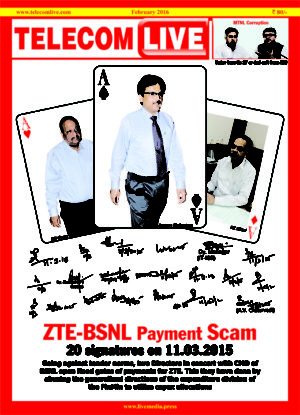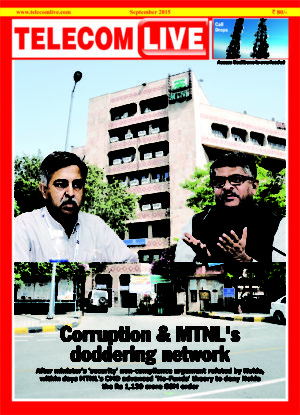Both in Parliament and from several public podiums, Prime Minister Narendra Modi has berated the babu culture that has eroded governance in our country over several decades. The old ways of thinking will be thrown out, PM has said. Since disgust with babuism was expressed at the highest echelons, this edition is solely devoted to it and the lens is on DoT.
Babuism in DoT is hydra headed and multi-layered. In 7 parts, we reveal the story. Every policy matter and even routine stuff requiring approvals has to traverse an 8-tier review. Shuttling of files several times across desks is commonplace. The power of red tape to deliver delays and rejections is immense and rampant. Even the telecom secretary has two OSDs, who review the reviewed proposals!
Similarly, the TERM Cells have morphed into a massive apparatus of inspector raj and harass telecom operators in a routine manner. They are completely redundant: operators have digitized customer acquisition process, EMF compliance has been digitized, rollout obligations is no longer governed by administrative vigilance but the logic of market competition. The TERM Cells ought to go. The same is the story with CCA Cells.
This complex labyrinth of file pushing and its attendant evils is detailed in Part 1 & 2.
Part 3-4-5-6 are reports on CPSUs in telecom, namely, the TSPs – MTNL & BSNL and one manufacturing company, ITI Ltd. All these PSUs have survived on bailout packages and wasted government money. For MTNL and BSNL, the VRS advantage of reducing staff costs is over. This has been availed, government had allocated a whopping Rs 17,160 crore. Now either these companies have to make money or they have to be put on the block and disinvested for government to unlock value. Left to themselves, they will never be able to monetize their assets, rather they will meet their expenses by selling the ‘family silver’ in a piecemeal manner. This is what our investigations reveal. BSNL and MTNL fudge and these falsifications become the content of DoT press releases; read the section ‘Fake numbers cannot give revenue’, to know the alarming extent to which these companies have been misreporting their subscriber figures. As for ITI Ltd, it survives on government infusion of packages and contracts which it gives to private parties in synchronized deals.
Part 7 looks at BBNL’s BharatNet project status over the years and how capex is going down the drain with no earnings reported. Sample this: From 2013-20, USOF disbursed Rs 22,089 crore to BBNL, from FY16-18, BBNL revenue earning was nil, it earned Rs 1 crore in FY19 and Rs 22 crore in FY20. Against a national average of 12 GB/per user/month, BBNL sells 1 GB/per user/per month.
This is a Special Edition and is the most comprehensive coverage of the bureaucracy and the wastage and losses it has inflicted in the telecom sector, robbing the country of opportunities to create wealth.




